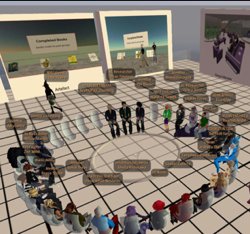
Whilst Linden Lab list their education highlights for 2008, a standout from the past year in an Australian context has been the successful establishment of the Virtual Worlds Research Discussion Group.
Organised by organized by Greg Wadley (Uni of Melbourne), Deb McCormick (Monash Uni) and, Sabine Lawless-Reljic (San Diego State), there are weekly meetings held at alternate locations. The 2009 seminars kick off next Tuesday the 20th January with a presentation by Don Wen titled ‘A study of Avatar Personalization Systems in Three Virtual Worlds’.
Whether you’re actively involved in conducting research yourself or interested in hearing about research underway, these seminars are hard to go past. You can view to future schedule of seminars here. Second Life may be the venue of the discussions but they explore much wider horizons than that.
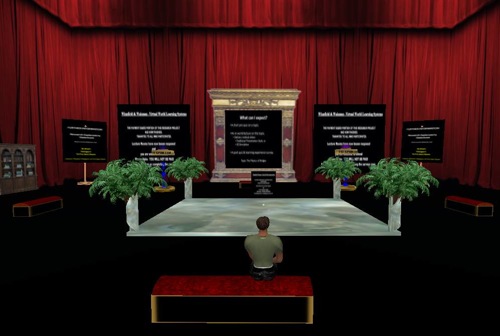

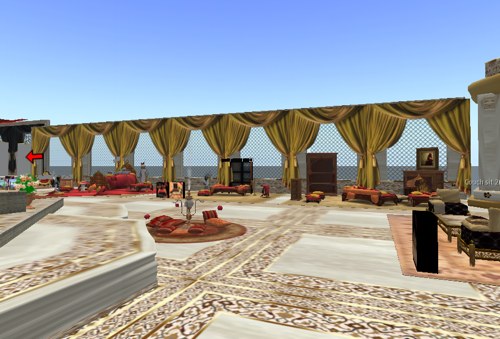
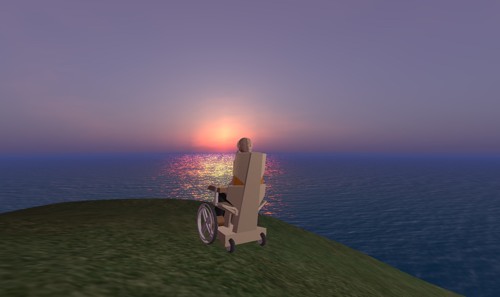
 Anyone who hasn’t yet grasped the momentum building in the virtual worlds sphere, hasn’t seen the ever-growing pile of white papers being released. Another example from the past week or so comes from the US-based non-profit entity,
Anyone who hasn’t yet grasped the momentum building in the virtual worlds sphere, hasn’t seen the ever-growing pile of white papers being released. Another example from the past week or so comes from the US-based non-profit entity, 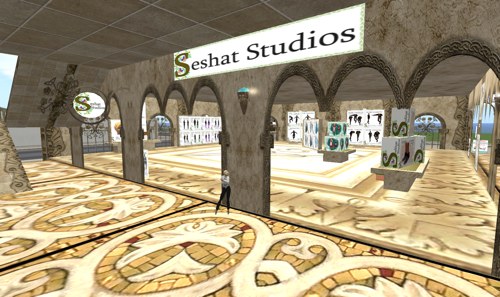
Recent Comments